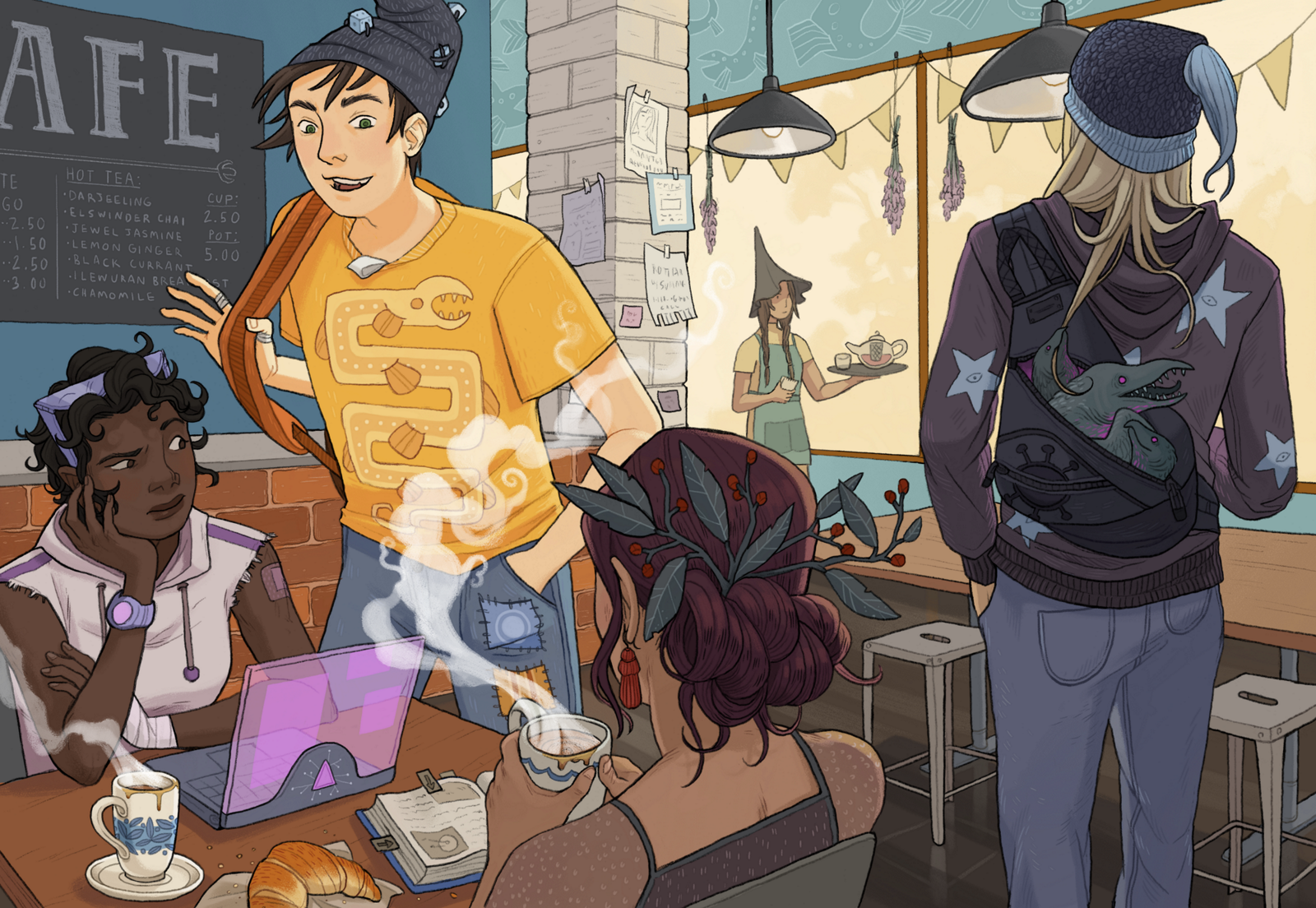Yeah, it certainly seems plausible that PF won via only the metrics ICV2 looks at and in the total aggregate picture 4E was still tops.
That all being said, this reminds me of the old Norm Macdonald joke about Germany fighting the world twice "But this time, it was really close". Like, the fact that it was that close is in and of itself notable. The last time D&D was anywhere near that place in the market was in the late 90s when 2E was on life support and TSR ceased to exist.
Certainly.
That said, there's a flipside to that flipside. The thing that D&D "got really close" to being beaten by
was not some radically different system that came out of left field. It wasn't a long-time competitor that finally crept up on it.
It was D&D beating D&D, because--for the first time since the Advanced/Basic split--you had two competing versions both being produced by companies with comparable amounts of resources. And one of those two was explicitly and completely built on the premise, "You don't have to give up ANYTHING you love. Every resource you currently have, you can use. Promise. We'll never, ever take that away from you."
And, of course, they eventually broke that promise--but only after (roughly)
another 10 years of play after 4e had launched. When they did, Mr. Bulmahn of Paizo gave a really quite articulate and compelling plea for patience and understanding, wherein he explained the specific design reasons
why they felt they had to abandon the Pathfinder 1e chassis. Pretty much every point he made there was precisely what critics of 3e (and thus PF1e, which was functionally 3e with house-rules) had been saying for something like 17 years at that point: casters are too powerful, the flaws of the combat system are baked into almost every monster, iterative attacks suck but removing them is too painful, etc.
Of course, there
are other ways to address these issues! Some of them are quite clever even, such as Dreamscarred Press's Spheres books, the Spheres of Might and Spheres of Power. The former functionally (though not literally) deletes Full Attacks by creating a slew of "Special Attack Actions" that
cannot be done alongside a Full Attack, thus opening up rich design space
and encouraging much more dynamic combat. Conversely, the latter deletes Vancian spellcasting because that system is
too broken to fix, and replaces it with spheres of magic, loosely equivalent to some ideas found in the old 2e D&D Priest, where each sphere is
highly focused and requires creativity and/or specialization in order to truly become a powerhouse.
In other words, it's a bit like saying that the US Civil War remains the bloodiest and most destructive war the United States has ever fought. This is true...but it's heavily depending on the fact that all casualties and all damage numbers and lost productivity etc. etc. are counted for
both sides of the war. If you treat the two sides as two completely different countries, rather than one single country fighting against itself, then WWII has the North and South beaten individually.
In a very very real sense, PF1e wasn't a different system. It was the old system being given a chance to directly and sustainably compete with the new system. Of course the old system won! It was, by definition, less costly to stick with what you had than to switch to something new,
especially given all the other problems, both self-inflicted and entirely preventable mistakes, and tragic and unpredictable events.



